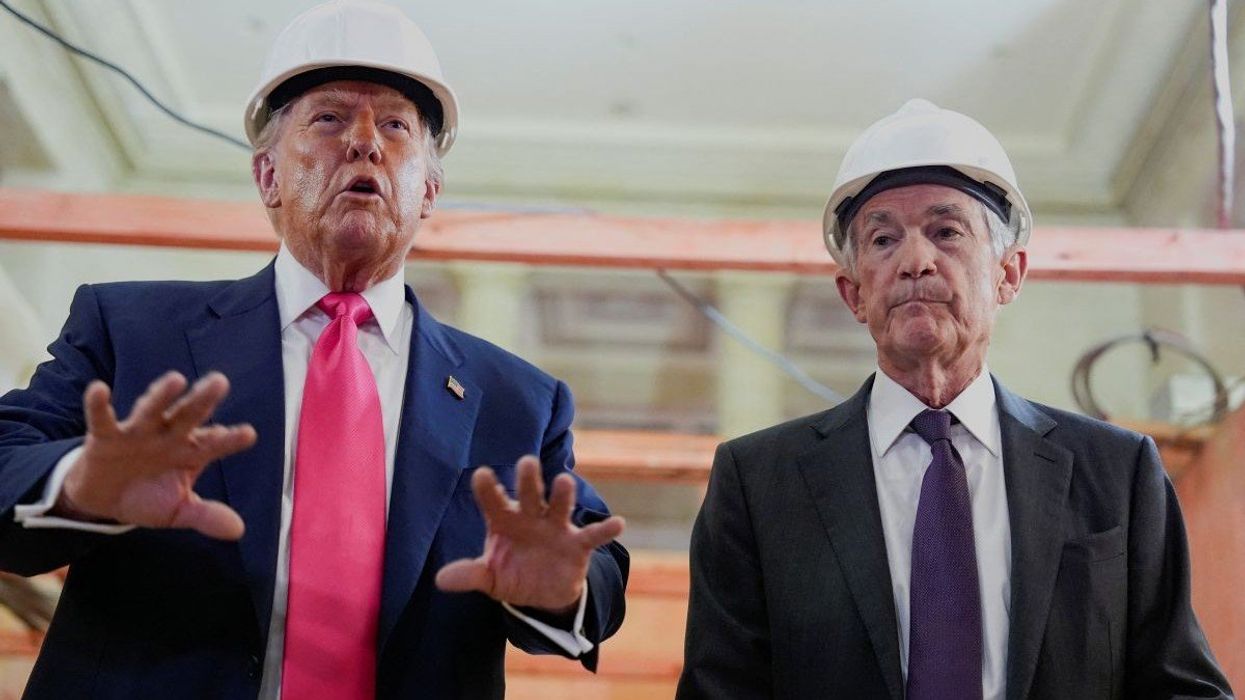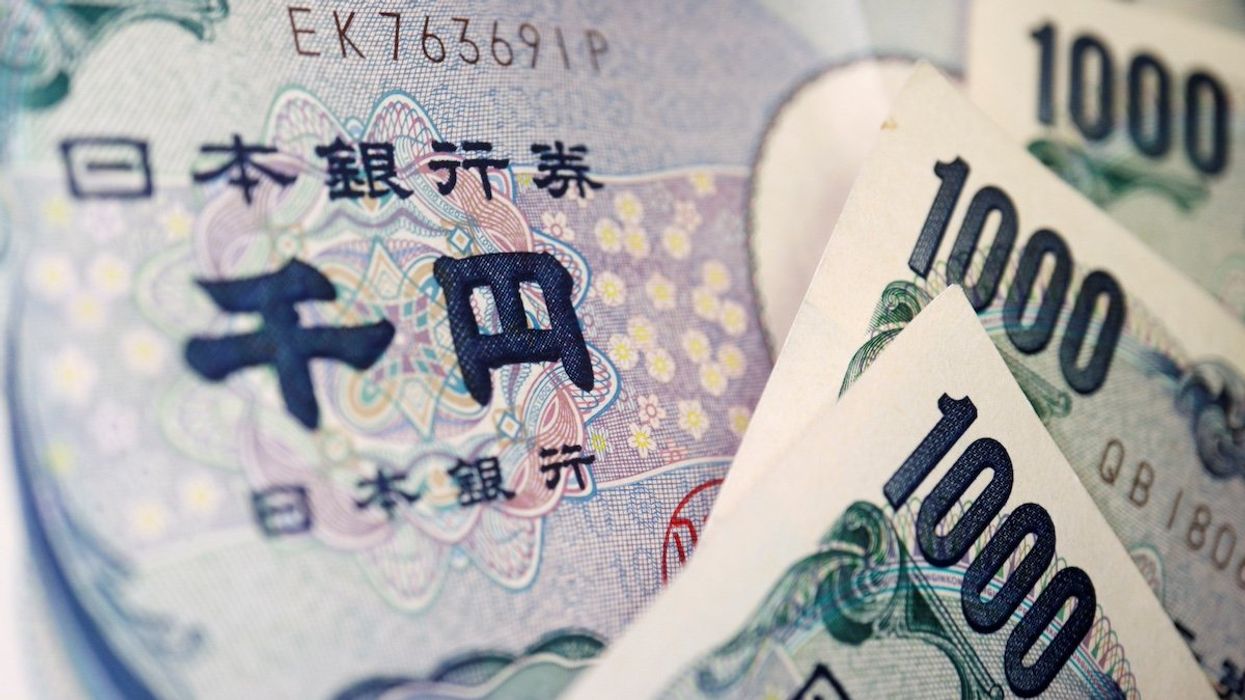Analysis
Why is Trump threatening the Fed, and why does it matter?
On Thursday afternoon, just before golden hour, President Donald Trump threw a white hardhat over his flaxen coif and strode into the Federal Reserve building on Constitution Avenue.
Jul 25, 2025



